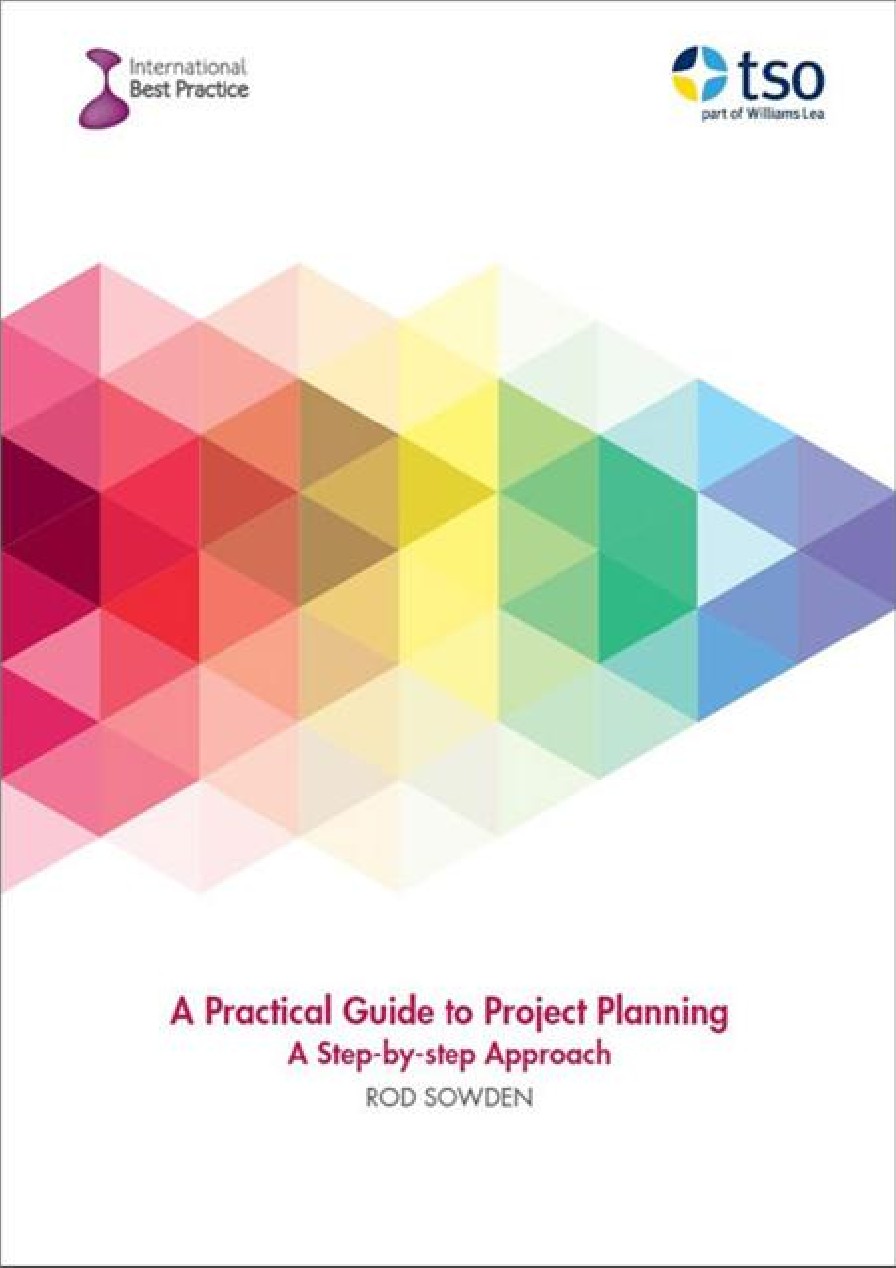eLearning Log in
Login here using your username and password
How do I do product sequencing?
Introduction
Now that we know what we have to create we can start to think about the sequence that has to happen to achieve a successful conclusion. In PRINCE2 this sequence is shown in the product flow diagram.
Activities and resources will be considered in the next chapter as part of the Developing the Plan stage; however, first we need to develop a greater understanding of the relationships between the outputs and how they depend on each other.
This information will later inform the schedule, the types and numbers of resources and, of course, the costs. A greater level of complexity between the outputs will also increase the level of risk, so it is important to understand the relationships early on.

This extract has been reproduced with permission from A Practical Guide to Project Planning, TSO 2016. If you’d like to read more you can purchase the copy of the book here.
Technique
An approximate sequence of outputs can often be achieved by turning the product breakdown structure through 90 degrees clockwise. The sequence will then run from left to right with the final project products furthest right.
It is important to think in terms of what will be created and to use simple phrases to describe these things. This may seem like unnecessary semantics but it will help to keep focus on what needs to be delivered rather than what needs to be done.
As was shown in the sequence diagram in section 8, the project cannot proceed on a solid foundation until the performance specification has been defined and sequenced. The sequencing is not visible from the hierarchical product breakdown structure. It is not unusual for the sequencing to cause a rethink in the products that are required or the logical dependencies, and some realignment may be necessary. That is why the Designing the Plan stage is iterative.
Example
Again using the training course example, the figure below shows the results of turning the heirarchical product breakdown structure on its side to produce a sequence of outcomes.

